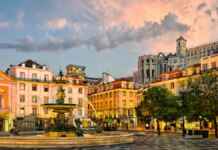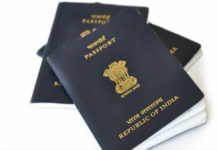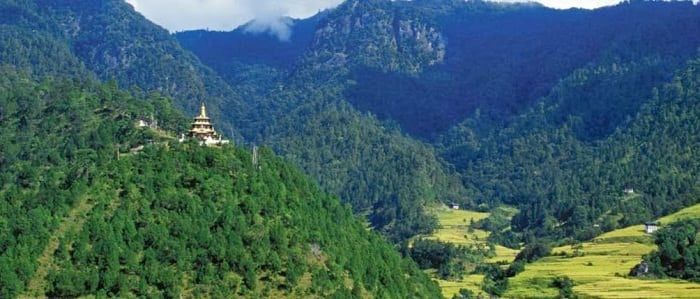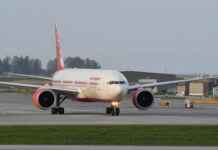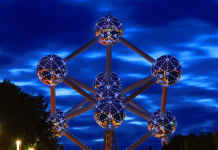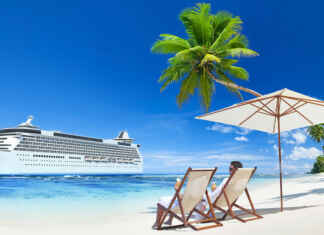Bangalore, now known as Bengaluru was once a major city of the princely state of Karnataka. According to a myth, in the 11th century, the Hoysala king VeeraBallala II, lost his way in the forest while hunting. Tired and hungry, he came to the hut of a poor old woman who served him boiled beans. VeeraBallala II named the place “benda-kaal-uru”, literally meaning”town of boiled beans”, which eventually evolved into “Bengalūru”.
Previously nicknamed as the “Garden City of India” and the “Pensioner’s Paradise”, post the IT revolution, Bengaluru, housing numerous IT companies now is fondly called the ‘Silicon Valley of India. The official language in Bengaluru is Kannada. The city is well connected by air, rail and road.
Bengaluru witnesses what is called salubrious climate. What attracts tourists to Bengaluru is the mild climate which it enjoys round the year. Unlike other parts of India which are extremely hot in the summer months, Bengaluru is relatively cool. Monsoon rains begin in Bengaluru from the month of June and continue till October. The heaviest rains are typically between June and August.
You wouldn’t usually find Bengaluru in tourism lists as it is not the typical tourist city. It functions as a starting point or a base to numerous South Indian hill stations. Also, with its moderate weather, it is a good city to live in. However, Bengaluru does have its share of attractions which are worth a visit:
- VidhanaSoudha – Built in 1954, it houses the legislative House of the State of Karnataka and other government departments. Marvel of neo-Dravidian architecture, VidhanaSoudha is an enormous building with four domes on its corners.
- LalBagh Botanical Gardens- Set on 240 acres of land, these gardens are a reminder of the quickly disappearing ‘Garden City’, which Bengaluru once was. Made in the 17th century, the garden was started by Hyder Ali, and later completed by his son Tipu Sultan. In the middle of the garden, stands a majestic glasshouse which was constructed in the year 1889 to commemorate the visit of the Prince of Wales. It is reminiscent of London’s Crystal Palace. Lalbagh also has a carbonised trunk of a 20 million year-old coniferous tree.
- Bangalore Palace- Inspired by England’s Windsor Castle, the Bangalore Palace was built in Tudor style architecture in 1887 by ChamarajaWodeyar.
- Shopping- Brigade Road and Commercial Street are among the best places for street shopping. Also, UB City houses independent stores of some of the biggest fashion brands.
For food, there are unlimited options available in Bengaluru, each restaurant serving its own different variety. For Thai green curry with steamed rice or fish and chips, try Koshy’s, an iconic restaurant of Bangalore which opened in 1950. Central Tiffin Room is renowned for its excellent dosas while Hotel Empire is a must visit for its excellent chicken recipes.
With forts as old as the 16th century to endless malls, the city of Bengaluru represents an amalgam of modernization and development. The demographic diversity of the second-fastest growing metropolis of India further adds to the richness of this city.

